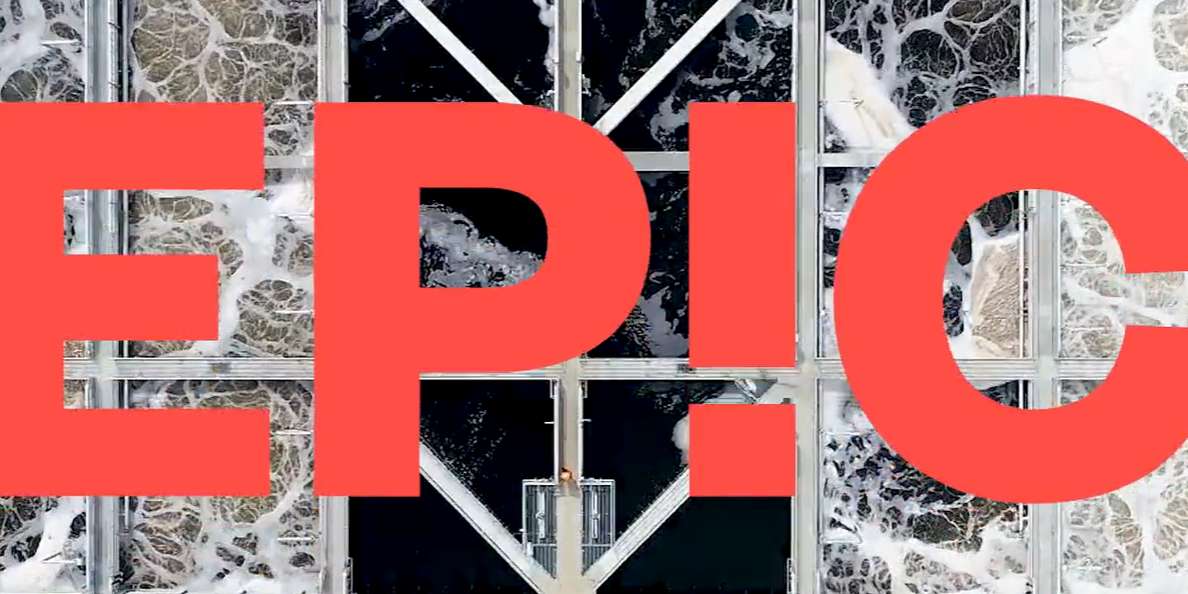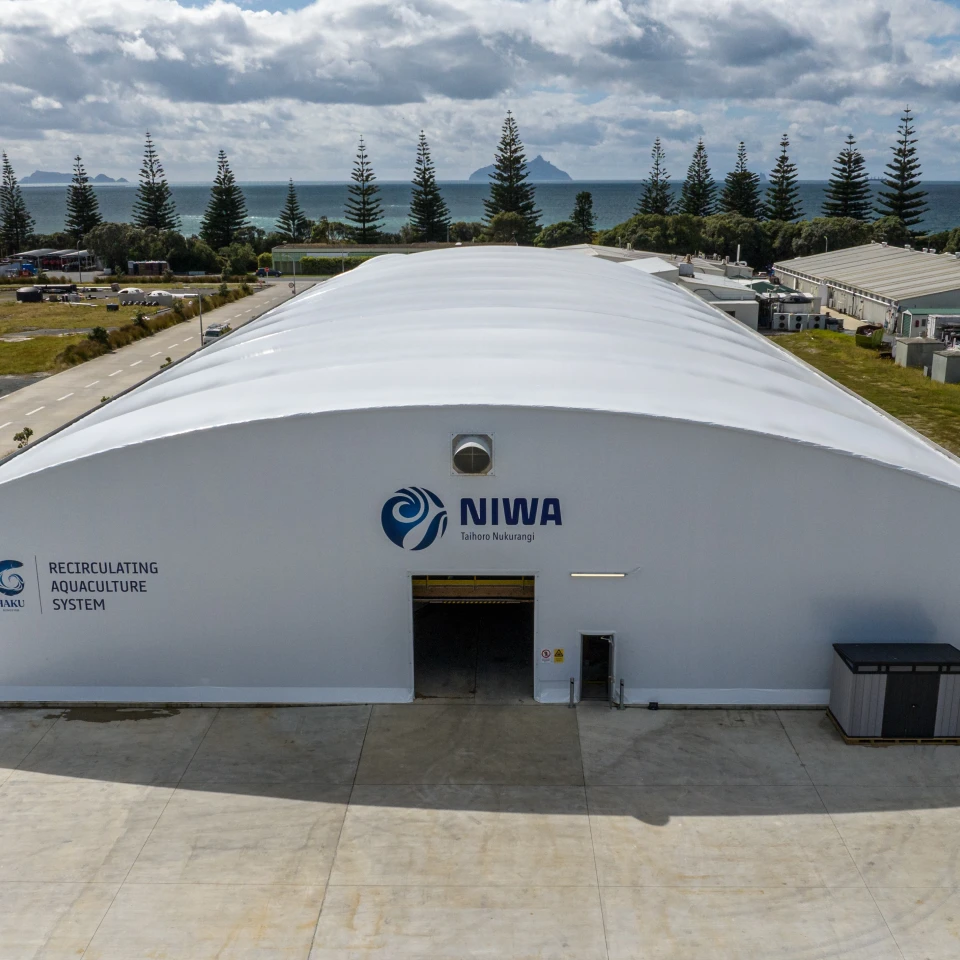Sustainable Infrastructure Innovations Re-Shaping the World
Read the full Epic Blog Post!
The industry’s sustainability practises are shifting too. On-site recycling stations allowing workers to dispose of concrete, plastic bottles, glass and other materials are now common, and having a sound environmental plan in place is now a key requirement for nearly all project tenders.
“In today’s times, we are much more environmentally conscious and aware of the world around us, partly because of things like social media which mean everyone has access to so much more information,” says Jamie Campbell, General Manager of civil contracting business CB Civil.
The company recently won awards from the Waikato Branch of Civil Contractors New Zealand for its work trenching and laying a 5.5 km dual wastewater pipeline on the Peacocke Northern Transfer Mains project for Hamilton City Council.
CB Civil pioneered industry-leading sustainability practises on the project, resulting in huge savings in water use, as well as less than 20 per cent of the project’s waste going to landfill.
“We separated all waste materials on site – concrete, plastic, glass bottles, paper – and made sure it was managed appropriately and recycled wherever possible,” Jamie says.
“But that is becoming more common. What was different was our use of alternative materials and our recycling of mud and water.”
Building much of the pipeline required trenching, and then backfilling once the pipe was installed. Rather than importing material from elsewhere, CB Civil was able to reuse the material they had already dug up for a third of the backfill. A chip seal product from a local quarry, which would otherwise have gone to waste, was used for hard-fill bedding and surround of the pipes.
“The material is usually a specifically designed crushed aggregate but we sourced a reject chipseal that didn’t meet the specifications for roads and then tested it, gained approval, and used it for the entire length of the pipeline.”
More big wins were achieved during directional drilling, which was used in some sections of the pipeline to create an underground cavity when trenching from above is not desirable. This involves putting rods into the ground and then thrusting water through them at high pressure to lubricate the soil and drill through it. Bentonite is added to the mix to ensure the cavity that has been drilled holds up, creating a “mini underground tunnel” that pipes can be laid through.
Jamie says this is typically a water intensive process. The dirty water is usually sucked up by a sucker truck and removed from site for disposal. However, CB Civil used a special mud recycling unit on the Peacocke project, allowing the dirty water to be processed on site and used again – saving hundreds of thousands of litres.
“It was a project that I was fortunate enough to lead, and I really wanted to use it as an example and be very good in every department. The focus on sustainability was a way for us to live one of our key values,” Jamie says.



